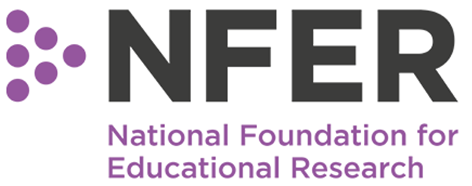T Levels were introduced in September 2020 as a result of the 2016 Sainsbury Review which found that there was a need to improve and simplify technical education in England.
Equivalent in size to three A Levels, they’re designed to offer a high-quality alternative to academic study. With the reforms to Level 3 qualifications and the defunding of a range of Applied General Qualifications (AGQs), including some BTECs, it is anticipated that the number of students opting to do T Levels will increase. As we now have the results from the second cohort of T Level learners, what have we learned and what do schools need to know when considering whether they’re right for their students?
As expected, the numbers of students enrolling for T Levels courses has been rising steadily each year, in part driven by the number of T Level subjects increasing. In the first intake in 2020, 1,235 students enrolled on one of the first three T Levels introduced (Education and Childcare, Digital, and Construction). The September 2022 cohort shows 10,200 student starts were made across 16 T Levels.
Despite this growth in starts, there is still some concern that awareness of T Levels as a post-16 option remains low among young people, parents and employers.
Recent research indicates the majority (63 per cent) of young people didn’t know what T Levels were at all. Moreover, while nearly three quarters (72 per cent) of employers surveyed said they had heard of T Levels, just 28 per cent had both heard of them and understood what they involved. The same proportion (28 per cent) had not heard of them at all.

